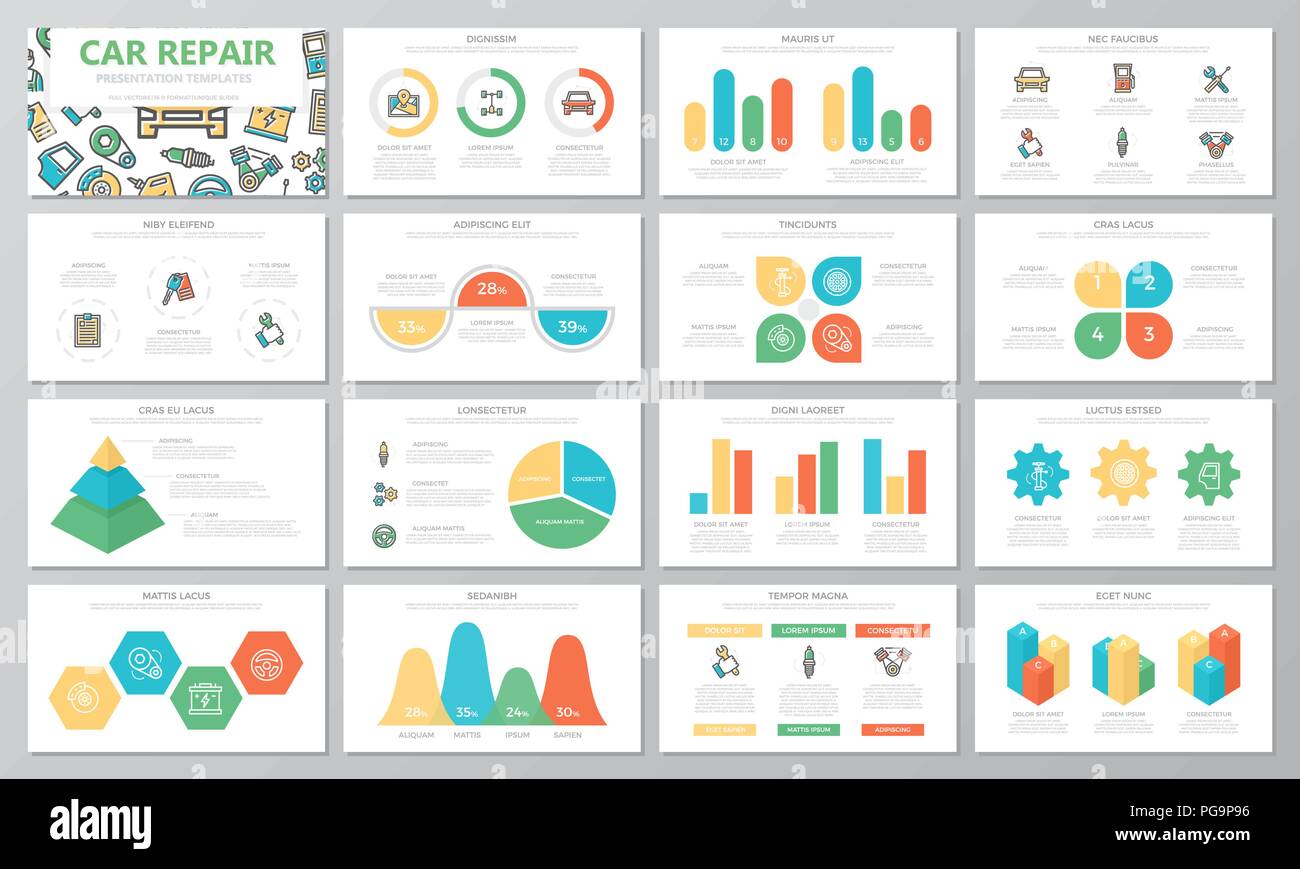Wondering Concerning The Definition Behind Those Dashboard Caution Lights? Gain Understandings Into Their Ramifications For Your Vehicle'S Security And Upkeep
Wondering Concerning The Definition Behind Those Dashboard Caution Lights? Gain Understandings Into Their Ramifications For Your Vehicle'S Security And Upkeep
Blog Article
Composed By-Higgins Corbett
When you're behind the wheel, those glowing warning lights on your control panel can be a bit perplexing. Do you understand what they're attempting to inform you concerning your cars and truck's health? Recognizing the relevance of these lights is vital for your safety and the longevity of your car. So, the next time one of those lights turns up, would not you want to understand its message properly and take the needed actions to resolve it?
Common Caution Lights and Interpretations
Identify common warning lights in your auto and understand their significances to make certain safe driving.
The most regular caution lights consist of the check engine light, which signifies issues with the engine or discharges system. If this light comes on, it's vital to have your automobile examined promptly.
The oil stress advising light shows reduced oil pressure, needing instant attention to avoid engine damage.
A blinking battery light could recommend a defective charging system, possibly leaving you stranded if not addressed.
The tire stress surveillance system (TPMS) light alerts you to low tire stress, impacting vehicle security and fuel effectiveness. Ignoring this might cause hazardous driving conditions.
The ABS light shows an issue with the anti-lock braking system, endangering your ability to quit promptly in emergencies.
Lastly, https://www.thisisardee.ie/2022/07/26/car-repair-services-market-2022-global-insights-and-business-scenario-continental-3m-company-monro-advance-auto-parts/ advising light warns of engine overheating, which can cause severe damage if not settled promptly.
Comprehending these usual warning lights will certainly help you deal with problems immediately and keep safe driving problems.
Value of Prompt Interest
Understanding the typical warning lights in your vehicle is just the primary step; the relevance of without delay dealing with these warnings can not be highlighted sufficient to ensure your safety when traveling.
When a caution light illuminates on your dashboard, it's your car's method of communicating a possible concern that requires interest. Neglecting these cautions can lead to a lot more severe troubles down the road, endangering your security and potentially costing you extra in repairs.
Click On this site to cautioning lights can protect against malfunctions and accidents. For example, a blinking check engine light might indicate a misfire that, if left unattended, can cause damage to the catalytic converter. Addressing https://electricbrakes17396.blog5star.com/32554337/find-out-exactly-how-environmentally-friendly-automobile-outlining-products-can-raise-your-car-s-sparkle-while-shielding-the-earth-uncover-the-lasting-alternatives-awaiting-you can save you from a costly repair.
In a similar way, a brake system warning light might signify reduced brake fluid or worn brake pads, important elements for your security when driving.
DIY Troubleshooting Tips
If you discover a warning light on your control panel, there are a couple of do it yourself fixing pointers you can try prior to looking for expert help.
The first step is to consult your vehicle's guidebook to recognize what the certain warning light shows. In some cases the issue can be as simple as a loose gas cap setting off the check engine light. Tightening the gas cap might fix the trouble.
An additional typical issue is a low battery, which can trigger various alerting lights. Examining related web site for rust and guaranteeing they're safe and secure may take care of the problem.
If a warning light continues, you can try resetting it by detaching the vehicle's battery for a few minutes and after that reconnecting it. In addition, checking your car's fluid degrees, such as oil, coolant, and brake liquid, can aid repair alerting lights connected to these systems.
Conclusion
Finally, understanding your vehicle's warning lights is essential for keeping your lorry running smoothly and safely. By promptly attending to these signals and recognizing what they suggest, you can prevent pricey repairs and prospective break downs.
Bear in mind to consult your automobile's handbook for specific details on each warning light and take action as necessary to make certain a hassle-free driving experience.
Remain informed, remain safe on the road!
